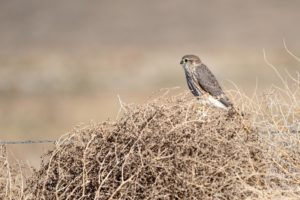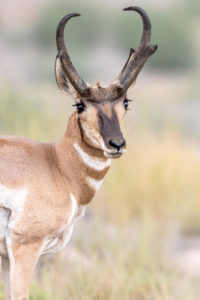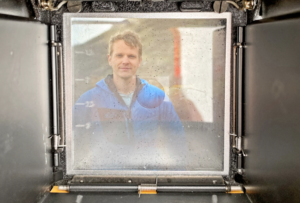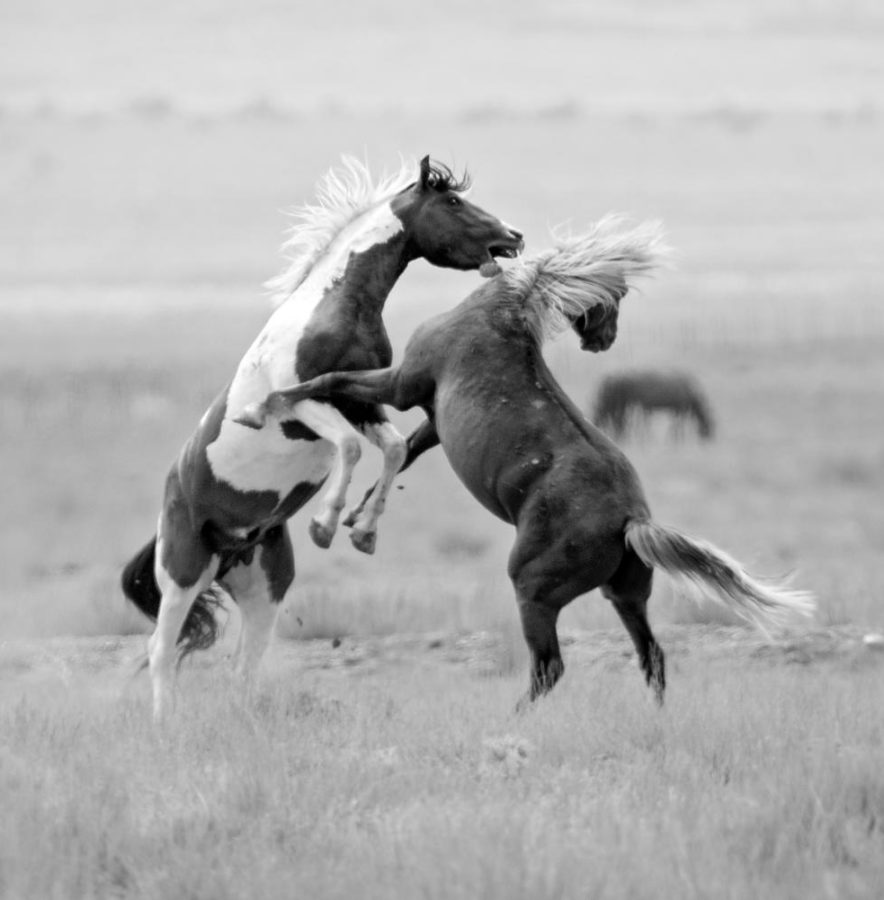Western Utah, a Land of Nothingness Worth Exploring
If you only look at a map of Western Utah, you would be hard-pressed to come away with any other conclusion than it is a land of essentially nothing. If you were talking about human development, the thought would be correct. But where there is a lack of humans, wildlife is allowed to thrive. Traveling on the long and winding dirt-covered roads, you will likely find Western Utah is a haven for pronghorn, coyotes, burrowing owls, mule deer, wild horses, and many other species.
Western Utah is part of the Great Salt Lake Desert, an area encompassing 2,500 square miles of the state. The desert is flanked by the Deep Creek Mountains along the Utah state border with Nevada. The Deep Creek Mountains are the third-highest mountain range in the state, with Ibapah Peak rising to 12,720 feet. East of the Deep Creek Mountains are areas such as Skull Valley and the Onaqui Mountain Range, with its highest points reaching 8,200 feet.
Each ecosystem is unique based on elevation, with landscapes changing from sagebrush and salt desert shrub types to juniper trees and conifers. Water is scarce in most areas, aside from streams created by winter snow and spring runoff. To address this, water-collecting developments called “guzzlers” have been constructed to assist wildlife in the area. However, these do not fulfill all the water demands, as wildlife still use water sources created for wild horses and livestock.
Arguably the best place to begin exploring Western Utah begins on the Pony Express Road off Highway 36, south of Tooele. The area was an active path during the short-lived Pony Express, commemorated with a marker put in place in 1935 documenting the trail that was only active for a year. In addition, there are several Pony Express markers along the scenic drive that can also be found. Traveling southwest leads you to the first landmark of the area, Lookout Pass. Driving up the winding road to its highest point provides expansive views to the east and west.
A hallmark of the area is the presence of the Onaqui Herd of wild horses who have been active in the area since being brought into the region by settlers in the 1800s. In the 1990s, horses from Rock Springs, Wyoming, were introduced into the herd. Introducing new genes to the herd increased the color variation from the previously dominant brown and bay to include pintos, grays, palominos, and roans. Today these horses make up 22 separate herds across the state that are managed by the Bureau of Land Management. A particular highlight is watching two wild stallions compete for breeding rights among the herd, leaving their bodies with many different scars.
 Moving further west from Lookout Pass lies a continuous supply of rocky terrain and what feels like an endless number of dirt roads to explore. Still, it is not all rock and dirt, as coming from seemingly nowhere is the Fish Springs National Wildlife Refuge. The area comprises wetlands created from natural springs, providing a true oasis frequented by many species of birds and other wildlife. The site is regularly used as a refuge by bald eagles during the winter months. Traveling to the refuge is rather long and tedious, but this adds to the enjoyment as you are likely to be one of the only people there, giving those who make the journey the ability to have one-on-one encounters with nature.
Moving further west from Lookout Pass lies a continuous supply of rocky terrain and what feels like an endless number of dirt roads to explore. Still, it is not all rock and dirt, as coming from seemingly nowhere is the Fish Springs National Wildlife Refuge. The area comprises wetlands created from natural springs, providing a true oasis frequented by many species of birds and other wildlife. The site is regularly used as a refuge by bald eagles during the winter months. Traveling to the refuge is rather long and tedious, but this adds to the enjoyment as you are likely to be one of the only people there, giving those who make the journey the ability to have one-on-one encounters with nature.
The area is also an example of Utah’s tumultuous past when the state was home to multiple active volcanos in the Pleistocene period. Two of the closest volcanos to Salt Lake City lie south of the Fish Springs Wildlife Refuge. Fumarole Butte, a shield volcano, and Smelter Knolls, a lava dome volcano, both reach over 5,000 feet at their highest point. Neither have the classic pyramid shape of a stereotypical volcano, but there are large areas of volcanic rock showing evidence of eruptions occurring more than 10,000 years ago.

Western Utah is one of the few locations of true solitude in the United States. Activities such as camping, rock climbing, off-roading, and others can usually be done with few to no other people around. The lack of gas stations and patchy cell service requires that one be prepared for emergencies. However, the solitude offers a unique experience to truly explore on your own



